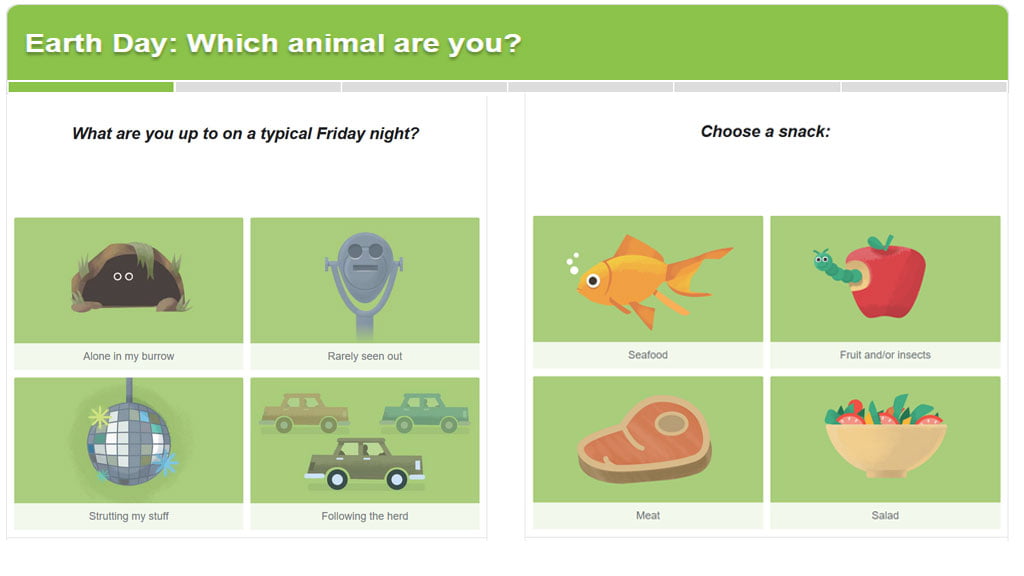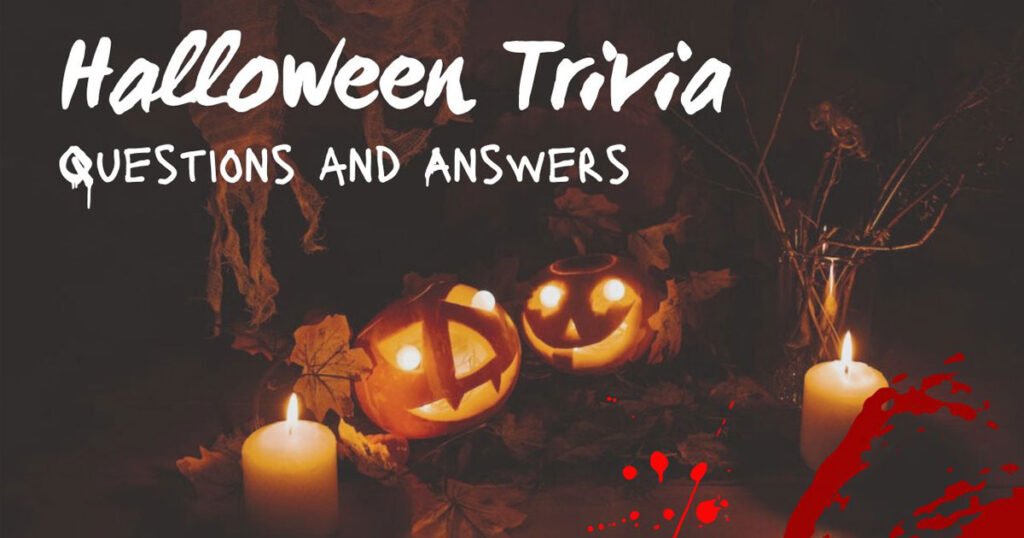Earth is our home planet, full of mysteries, natural wonders, and fascinating facts that continue to surprise us. Exploring Earth trivia questions can help us learn about geography, history, science, cultures, and much more in a fun way.
Introduction
Our planet Earth is often referred to as the “blue planet” because of its vast oceans, but there is much more to it than water and land. Earth holds incredible records, unique geographical features, breathtaking natural wonders, and countless mysteries that keep scientists, explorers, and everyday learners intrigued.
In this article, we will dive deep into Earth trivia questions and answers, covering different categories such as geography, environment, history, and natural phenomena. Whether you are preparing for a quiz, testing your general knowledge, or simply curious about the planet we call home, this guide will give you everything you need.
Why Earth Trivia Questions Are Important
Learning through trivia questions is not just fun but also an effective way to retain information. Earth-related trivia encourages us to think about:
-
How geography shapes human life.
-
The relationship between humans and the environment.
-
Historical events connected to the planet’s natural resources.
-
Surprising records like the tallest mountains and the deepest oceans.
A trivia-based approach makes education more engaging and ensures that knowledge sticks in our memory longer.
🌎 Categories of Earth Trivia Questions
To make it easier to explore, we’ll divide the Earth trivia questions into different sections. Each category will have 10 carefully chosen questions and answers, ensuring a wide range of knowledge.
Earth Basics
Q: What is the third planet from the Sun?
A: Earth.
Q: What percentage of Earth’s surface is covered by water?
A: About 71%.
Q: What is the name of the layer we live on?
A: The crust.
Q: How long does it take Earth to complete one orbit around the Sun?
A: 365.25 days.
Q: What is the name of the supercontinent that existed millions of years ago?
A: Pangaea.
Q: What is Earth’s approximate diameter?
A: About 12,742 km (7,918 miles).
Q: What is the center of the Earth called?
A: The core.
Q: How long does it take Earth to rotate once on its axis?
A: 24 hours.
Q: What is the shape of Earth?
A: An oblate spheroid.
Q: What is the largest ocean on Earth?
A: Pacific Ocean.
Atmosphere & Weather
Q: What gas makes up the majority of Earth’s atmosphere?
A: Nitrogen.
Q: Which layer of the atmosphere contains the ozone layer?
A: Stratosphere.
Q: What is the term for water vapor condensing and falling to Earth?
A: Precipitation.
Q: What type of clouds are fluffy and white?
A: Cumulus.
Q: Which wind pattern blows from east to west near the equator?
A: Trade winds.
Q: What is the boundary between two air masses called?
A: A front.
Q: Which gas is responsible for global warming?
A: Carbon dioxide (CO2).
Q: What is the term for a rotating storm over warm oceans?
A: Hurricane or cyclone.
Q: Which layer of the atmosphere is closest to Earth?
A: Troposphere.
Q: What phenomenon causes the sky to appear blue?
A: Scattering of sunlight.
Oceans & Water Bodies
Q: Which is the largest ocean on Earth?
A: Pacific Ocean.
Q: What is the saltiest ocean?
A: Atlantic Ocean (average salinity higher than Pacific).
Q: Which ocean is shrinking due to tectonic activity?
A: Pacific Ocean.
Q: What is the deepest part of the ocean called?
A: Mariana Trench.
Q: Which is the largest freshwater lake by surface area?
A: Lake Superior.
Q: Which sea is known as the saltiest body of water?
A: The Dead Sea.
Q: What percentage of Earth’s freshwater is frozen in glaciers?
A: About 68%.
Q: Which ocean surrounds Antarctica?
A: Southern Ocean.
Q: Which is the longest river in the world?
A: Nile River.
Q: What causes ocean tides?
A: The gravitational pull of the Moon and Sun.
Continents & Landforms
Q: How many continents are there on Earth?
A: Seven.
Q: Which is the largest continent by area?
A: Asia.
Q: Which is the smallest continent by land area?
A: Australia.
Q: What is the tallest mountain on Earth?
A: Mount Everest.
Q: What is the longest mountain range on Earth?
A: The Andes.
Q: Which desert is the largest hot desert?
A: Sahara Desert.
Q: What is the largest rainforest on Earth?
A: Amazon Rainforest.
Q: Which is the largest island in the world?
A: Greenland.
Q: Which plateau is known as “the roof of the world”?
A: Tibetan Plateau.
Q: What is the term for a large, flat area of land elevated above sea level?
A: Plateau.
Earthquakes & Volcanoes
Q: What causes most earthquakes?
A: Movement of tectonic plates.
Q: Which scale measures earthquake magnitude?
A: Richter scale.
Q: What is the Ring of Fire?
A: A region with frequent earthquakes and volcanoes around the Pacific Ocean.
Q: Which type of volcano has gentle, flowing eruptions?
A: Shield volcano.
Q: Which type of volcano has explosive eruptions?
A: Stratovolcano (composite volcano).
Q: What is magma called after it erupts from a volcano?
A: Lava.
Q: Which volcano destroyed Pompeii in 79 AD?
A: Mount Vesuvius.
Q: What is the point on the Earth’s surface directly above an earthquake called?
A: Epicenter.
Q: What is a series of ocean waves caused by an underwater earthquake called?
A: Tsunami.
Q: Which volcano erupted in Iceland in 2010 causing air travel disruption?
A: Eyjafjallajökull.
Earth & Space
Q: What is the average distance from Earth to the Sun?
A: About 93 million miles (150 million km).
Q: Which layer protects Earth from meteoroids?
A: Atmosphere (mostly mesosphere).
Q: What is the name of Earth’s natural satellite?
A: Moon.
Q: What causes day and night on Earth?
A: Earth’s rotation.
Q: What causes the seasons on Earth?
A: Earth’s tilt and orbit around the Sun.
Q: Which planet is Earth’s closest in size?
A: Venus.
Q: What is the term for Earth’s orbit around the Sun?
A: Revolution.
Q: How long does it take for the Moon to orbit Earth?
A: About 27.3 days.
Q: What is the phenomenon called when the Moon blocks the Sun?
A: Solar eclipse.
Q: What is the phenomenon called when the Earth blocks the Sun from the Moon?
A: Lunar eclipse.
Natural Resources
Q: What is the most abundant element in Earth’s crust?
A: Oxygen.
Q: What is the most abundant metal in Earth’s crust?
A: Aluminum.
Q: Which resource is used to produce gasoline?
A: Crude oil.
Q: Which energy source comes from heat within the Earth?
A: Geothermal energy.
Q: Which mineral is essential for steel production?
A: Iron ore.
Q: What is the term for naturally occurring water beneath the surface?
A: Groundwater.
Q: Which renewable resource comes from trees?
A: Wood.
Q: What is the most commonly used fossil fuel?
A: Coal.
Q: Which gas is extracted from the ground for heating and cooking?
A: Natural gas.
Q: Which resource is used to produce glass?
A: Sand (silica).
Climate & Environment
Q: What is the greenhouse effect?
A: Warming of Earth due to trapped heat in the atmosphere.
Q: Which gas is primarily responsible for global warming?
A: Carbon dioxide (CO2).
Q: What is the current era of human impact on Earth called?
A: Anthropocene.
Q: What percentage of species are estimated to be at risk of extinction?
A: Around 20–30%.
Q: Which layer of Earth’s atmosphere protects us from UV rays?
A: Ozone layer.
Q: What is the term for long-term changes in Earth’s climate?
A: Climate change.
Q: Which renewable energy is produced from sunlight?
A: Solar energy.
Q: What is the main cause of ocean acidification?
A: Increased CO2 absorption.
Q: What is the term for melting of ice at the poles?
A: Polar ice melt or glacial retreat.
Q: Which human activity contributes most to deforestation?
A: Agriculture and logging.
Animals & Plants
Q: Which biome is home to the most diverse species on Earth?
A: Tropical rainforest.
Q: What is the largest animal on Earth?
A: Blue whale.
Q: Which plant is the tallest on Earth?
A: Coastal redwood (Sequoia sempervirens).
Q: Which animal is known as the “king of the jungle”?
A: Lion.
Q: What is the term for plants that complete their life cycle in one year?
A: Annuals.
Q: Which mammal lays eggs?
A: Platypus.
Q: What is the fastest land animal on Earth?
A: Cheetah.
Q: Which ecosystem covers about 70% of the Earth’s surface?
A: Oceans.
Q: Which tree is known as the “Tree of Life” in Africa?
A: Baobab.
Q: What type of animal lives both on land and in water?
A: Amphibian.
Earth Records & Fun Facts
Q: What is the highest point on Earth?
A: Mount Everest.
Q: What is the lowest point on Earth’s land surface?
A: Dead Sea shore.
Q: Which country has the most volcanoes?
A: Indonesia.
Q: What is the longest river by volume?
A: Amazon River.
Q: Which country has the largest forest area?
A: Russia.
Q: What is the largest desert on Earth?
A: Antarctica (cold desert).
Q: Which lake is the deepest in the world?
A: Lake Baikal.
Q: How many time zones are there on Earth?
A: 24.
Q: Which ocean is the warmest?
A: Indian Ocean.
Q: Which is the most populous country on Earth?
A: China.
Q: Which country is known as the “Land of Fire and Ice” due to volcanoes and glaciers?
A: Iceland.
📊 Quick Table of Earth’s Key Records
| Feature | Record Holder | Location |
|---|---|---|
| Largest Ocean | Pacific Ocean | Global |
| Highest Mountain | Mount Everest (8,849 m) | Nepal/China border |
| Deepest Trench | Mariana Trench | Pacific Ocean |
| Longest River | Nile River (~6,650 km) | Africa |
| Largest Desert | Antarctic Desert | Antarctica |
| Tallest Waterfall | Angel Falls (979 m) | Venezuela |
| Oldest Living Tree | Methuselah (4,800+ years) | California, USA |
🌐 Learning About Earth Through Trivia
Trivia is not only entertaining but also improves general knowledge and problem-solving skills. By engaging in trivia, we can:
-
Build stronger memory retention.
-
Increase curiosity about geography and science.
-
Develop better critical thinking skills.
-
Appreciate Earth’s cultural and environmental diversity.
FAQs About Earth Trivia Questions
1. Why is Earth called the Blue Planet?
Because about 71% of its surface is covered with water.
2. Which is the largest living structure on Earth?
The Great Barrier Reef in Australia.
3. What is the coldest place on Earth?
Antarctica.
4. Which layer of Earth do humans live on?
The crust.
5. How fast does Earth rotate?
Once every 24 hours, about 1,670 km/h at the equator.
6. Which is the largest animal that has ever lived on Earth?
The blue whale.
7. What percentage of Earth’s atmosphere is oxygen?
About 21%.
8. Which is the most populated continent?
Asia.
🌏 Conclusion
Earth is an extraordinary planet filled with fascinating features, natural wonders, and endless mysteries. By engaging with Earth trivia questions and answers, we don’t just prepare for quizzes; we develop a deeper appreciation for our environment, geography, and history. Whether it’s the mighty mountains, deep oceans, or human-made boundaries, every fact about Earth reminds us how unique and beautiful our home truly is.



